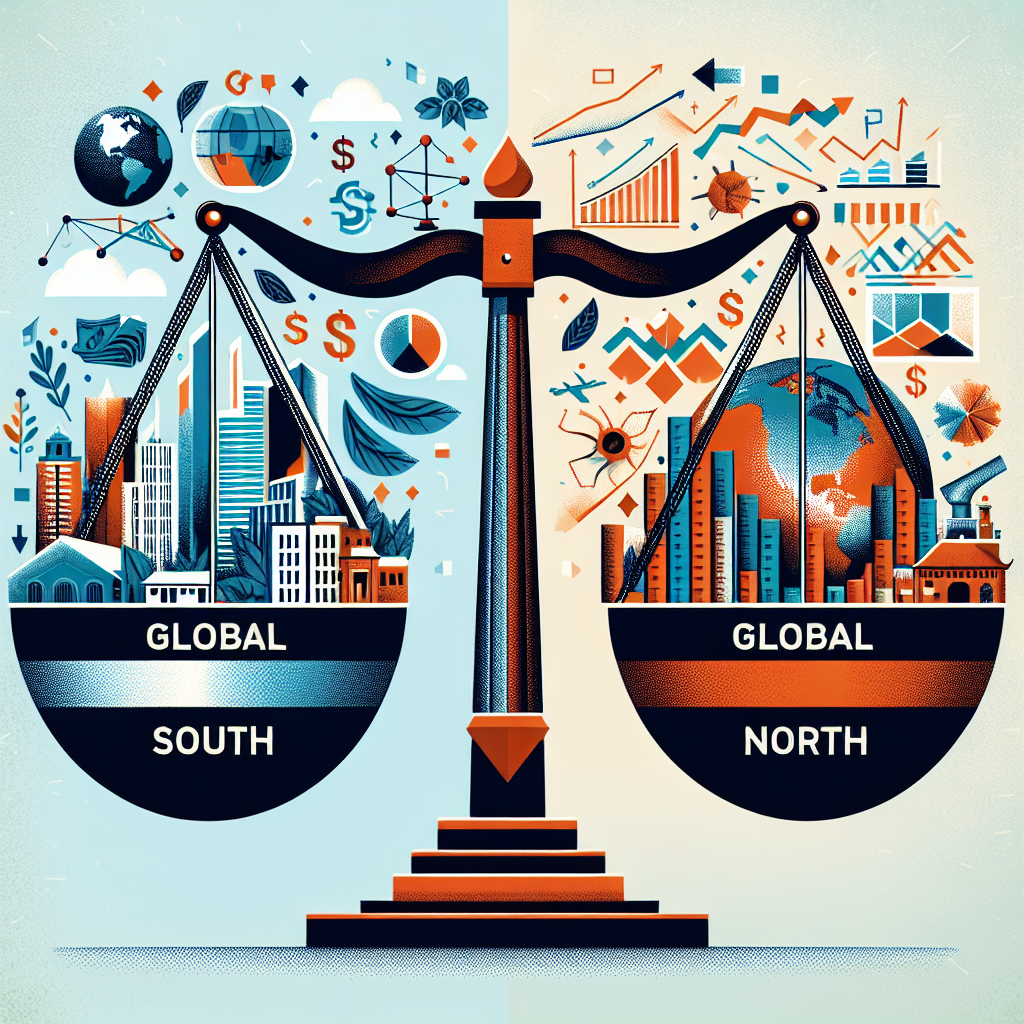
Global South vs Global North: Economic Power Shifts
Understanding the Global Power Dynamics: An Introduction to the Global South and Global North
What Are the Global North and Global South?
Historical Context: From Colonialism to Economic Hegemony
The Rise of the Global South: Economic Power Shifts
BRICS: A Case Study in Economic Ascendancy
The Economic Indicators
Changing Global Power Structures
Technological Advancements and Digital Economy
Foreign Direct Investment and Resource Wealth
Implications for Global Development and Inequality
Addressing Economic Inequality
The Role of International Cooperation
The Future Outlook: Will the Global South Overtake the Global North?
Conclusion: Embracing a Multipolar World
References and Further Reading
- United Nations (UN) reports on Sustainable Development Goals
- World Bank – Global Economic Prospects
- BRICS Economic Outlook Publications
- International Monetary Fund (IMF) Global Economic Analysis
- Articles on technological innovation in emerging markets


